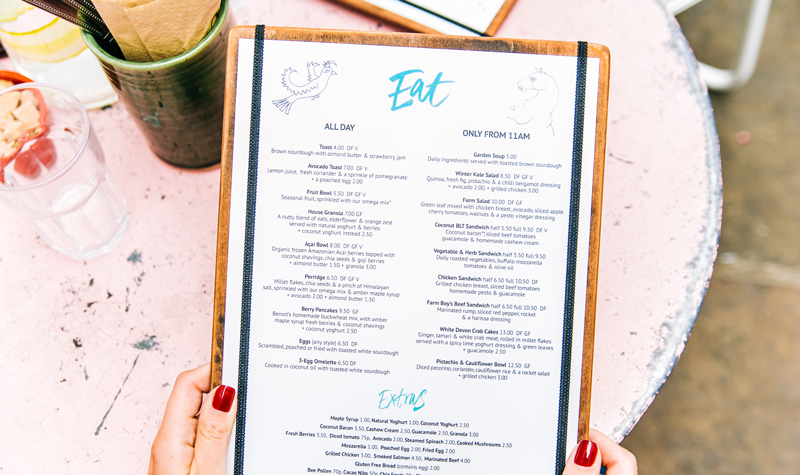Refine Your Premium Message
Published on: 01/29/2020 in Menu Claims, Profit Driving Tips
Published on: 01/29/2020 in Menu Claims, Profit Driving Tips

Behind the scenes, you’re working tirelessly to source premium ingredients to serve your guests. But do your customers know that? If you’re not doing everything you can to share your sourcing story, you’re leaving money on the table.
When it comes to poultry, “premium” encompasses not only the cut (e.g., breast meat vs. leg meat) and preparation (e.g., sous vide or pan-seared vs. fried) but also sustainability and claims. For example, 81 percent of consumers say purchasing antibiotic-free poultry is important.1 Likewise, 78 percent of consumers say they care about sustainable sourcing of ingredients at grocery stores.2
What matters at grocery stores also matters at restaurants, where you can appeal to guests’ emotions and appetites alike by allowing them to support sustainability with their wallets. To create that opportunity for your customers, consider the following three strategies for conveying your premium attributes on your menu.
If your poultry supplier makes sustainability statements about its product, use them on your menu, website, phone app and social media.
Openly communicating sustainability efforts benefits your business in two ways: it demonstrates transparency and it can yield additional profits, given that 73 percent of consumers are willing to pay more for products from manufacturers that offer complete transparency.3
Examples of supplier sustainability statements include:
If a broad sustainability message isn’t poignant enough for your liking, consider embracing a single targeted message. For example, by 2024, Pret A Manger, Focus Brands and many other operators have committed to following a set of chicken welfare standards championed by 10 animal advocacy groups and encompassing GAP Global Animal Partnership (G.A.P.) standards.
As previously noted, participation in programs like these demonstrates a commitment to excellence that discerning consumers will recognize and reward with their business.
It’s one thing to call your food “clean.” It’s another to describe why it’s clean by way of listing recipe ingredients or animal care practices for your guests to see. It’s a step Pei Wei Asian Kitchen took as part of its The Wei Forward™ program, announced in October 2018.
“We believe that for food to deliver world-class flavor, it should begin with simple, fresh ingredients that are minimally processed and free of artificial colors and artificial preservatives,” Pei Wei says on its website.
The chain has acknowledged that not all of its menu items are clean but has pledged to get there this year. “By 2020, we will be removing all artificial colors, flavors and preservatives—what we’re calling our ‘No Wei List.’—from our entire menu,” it says. To kick off its clean-label initiative, it published the full ingredient statement for its top-selling dish: “the fresh, all-white-meat, never frozen Wei Better Orange Chicken.”
Because consumers understand their premium positioning, operators who focus on sustainability, claims and transparency—such as animal care or no antibiotics ever—often can justify higher menu prices that improve profitability. In fact, more than half of consumers say food sustainability is very or somewhat important to them.4 Engineering your supply chain, your menu and your marketing so that it speaks to those consumers’ ideals is the smart path forward.
Sources: